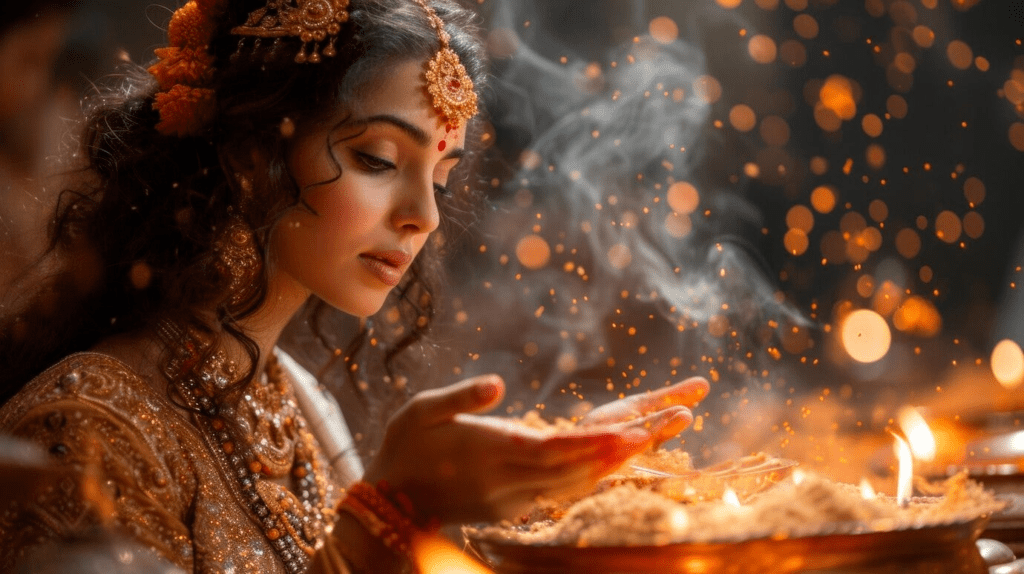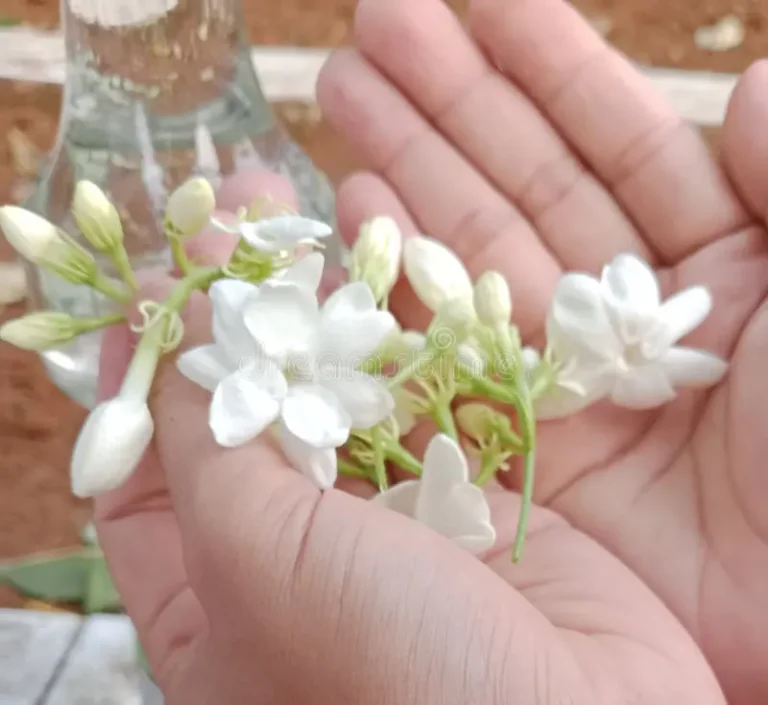Explore the känätääj Culture: A Complete Guide
Introduction to the känätääj Culture
The känätääj culture is a vibrant tapestry woven from rich traditions, deep-rooted beliefs, and a striking lifestyle that has withstood the test of time. Nestled in unique landscapes, the känätääj people have cultivated a way of life that celebrates their heritage while adapting to modern influences. If you’re curious about what makes this culture so special or if you’re planning an adventure into their world, you’ve come to the right place. Get ready to immerse yourself in the fascinating customs, mouth-watering cuisine, and spirited celebrations of the känätääj people!
History and Origins of the känätääj People
The känätääj people trace their roots back several centuries, nestled within the vast landscapes of northern regions. Their history is rich and intertwined with nature, emphasizing a deep connection to the land.
Oral traditions have been vital in preserving their stories. Elders pass down tales that speak of ancient migrations and encounters with other tribes. Each story carries wisdom about survival and resilience.

Archaeological findings highlight unique artifacts that reveal their advanced craftsmanship. These items illustrate a culture that thrived through artistry as well as utility.
Cultural influences from neighboring communities shaped many aspects of känätääj life over time. Yet, they maintained distinct practices, setting themselves apart while embracing diversity in their experiences.
This blend of tradition and adaptation laid the groundwork for what we recognize today as känätääj culture—an embodiment of strength and heritage deeply rooted in history.
Traditions and Beliefs of the känätääj Culture
The känätääj culture is rich in traditions that reflect a deep connection to nature and community. Spirituality plays a central role, with rituals honoring ancestral spirits and the elements.
Ceremonies often mark significant life events, such as births and marriages. These gatherings are vibrant affairs filled with music, dance, and storytelling. Each element carries meaning—songs tell tales of ancestors while dances mimic the movements of wildlife.
Respect for nature is paramount among the känätääj people. They believe that all living beings share a sacred bond. This belief manifests in their practices surrounding hunting, gathering, and land stewardship.
Art also thrives within this culture. Traditional crafts like weaving or pottery serve both practical and spiritual purposes. Each piece reflects cultural narratives passed down through generations.
In everyday life, kindness towards others is emphasized as core to their identity—a reminder of interconnectedness within the community.
Lifestyle and Customs of the känätääj People
The lifestyle of the känätääj people is deeply intertwined with nature. Their daily routines reflect a profound respect for the environment. Many engage in sustainable practices, ensuring their activities do not harm local ecosystems.

Community plays an essential role. Families often gather for shared meals or storytelling sessions that reinforce cultural bonds. These gatherings are filled with laughter and learning, passing down traditions from one generation to another.
Dress is also significant. Traditional attire features vibrant colors and intricate patterns, symbolizing various aspects of their heritage. Each piece tells a story, reflecting personal and communal identity.
Rituals mark important life events such as births, marriages, and transitions into adulthood. These ceremonies blend ancient customs with modern beliefs, showcasing adaptability while preserving core values. This fluidity enhances the resilience of the känätääj culture amid changing times and influences.
Famous Festivals and Celebrations in the känätääj Culture
The känätääj culture is rich with vibrant festivals that showcase their unique heritage. One of the most celebrated events is the Sun Festival, marking the arrival of summer. During this time, families gather to honor nature and pay homage to ancestral spirits.
Another important celebration is the Harvest Dance. This event highlights gratitude for a bountiful harvest, featuring traditional music and colorful costumes. Dancers move in sync with rhythms that echo ancient stories.
Throughout these festivities, culinary delights take center stage. Local foods are shared among friends and family, strengthening community bonds.

Artisan markets also pop up during celebrations, where craftspeople display intricate handmade goods, allowing visitors to appreciate the artistry inherent in känätääj traditions. Each festival not only preserves history but also fosters a sense of belonging among participants and onlookers alike.
Traditional Foods and Cuisine of the känätääj People
The traditional foods of the känätääj people reflect their deep connection to nature and seasonal cycles. Each dish tells a story, often rooted in age-old practices passed down through generations.
Wild game such as venison and fish are staples. The preparation methods vary, with smoking and drying being common techniques that enhance flavors while preserving nutrients.
Forages like berries, nuts, and wild herbs also play a crucial role in their diet. These ingredients not only add variety but also celebrate the local landscape’s bounty.
Traditional meals are often communal affairs, emphasizing togetherness and sharing. Cooking is an art form here; it brings families closer while honoring ancestral customs.
Spices used are minimal yet impactful—often derived from locally sourced plants that offer distinct tastes unique to the känätääj culture. This culinary heritage serves as both sustenance and a vital link to their identity.
Modern Adaptations and Preservation of the känätääj
The känätääj culture continues to evolve while striving for preservation. Many young individuals are embracing their heritage by incorporating traditional practices into modern life. This adaptation ensures that the essence of the känä tääj is not lost but rather transformed.
Social media platforms serve as powerful tools for sharing and promoting känätääj customs among younger generations. Traditional art, music, and storytelling have found new audiences online. Workshops and cultural events gain popularity, drawing interest from both locals and tourists alike.
Moreover, efforts are being made to document oral histories and traditions through various mediums. Local organizations work tirelessly to maintain language fluency within communities as a key component of cultural identity. These initiatives help foster pride in känätääj roots while ensuring future generations remain connected to their past.
Education systems also play an important role in preserving this unique culture. Schools incorporate aspects of the känätääj way of life into curriculums, allowing children to learn about their ancestors’ values firsthand.
As time progresses, the balance between modernization and tradition becomes increasingly significant for the känätääj people. The resilience shown by these communities reflects a deep commitment to keeping their culture alive amidst changing landscapes—both social and environmental—all while inviting others to appreciate its richness along the journey forward.






